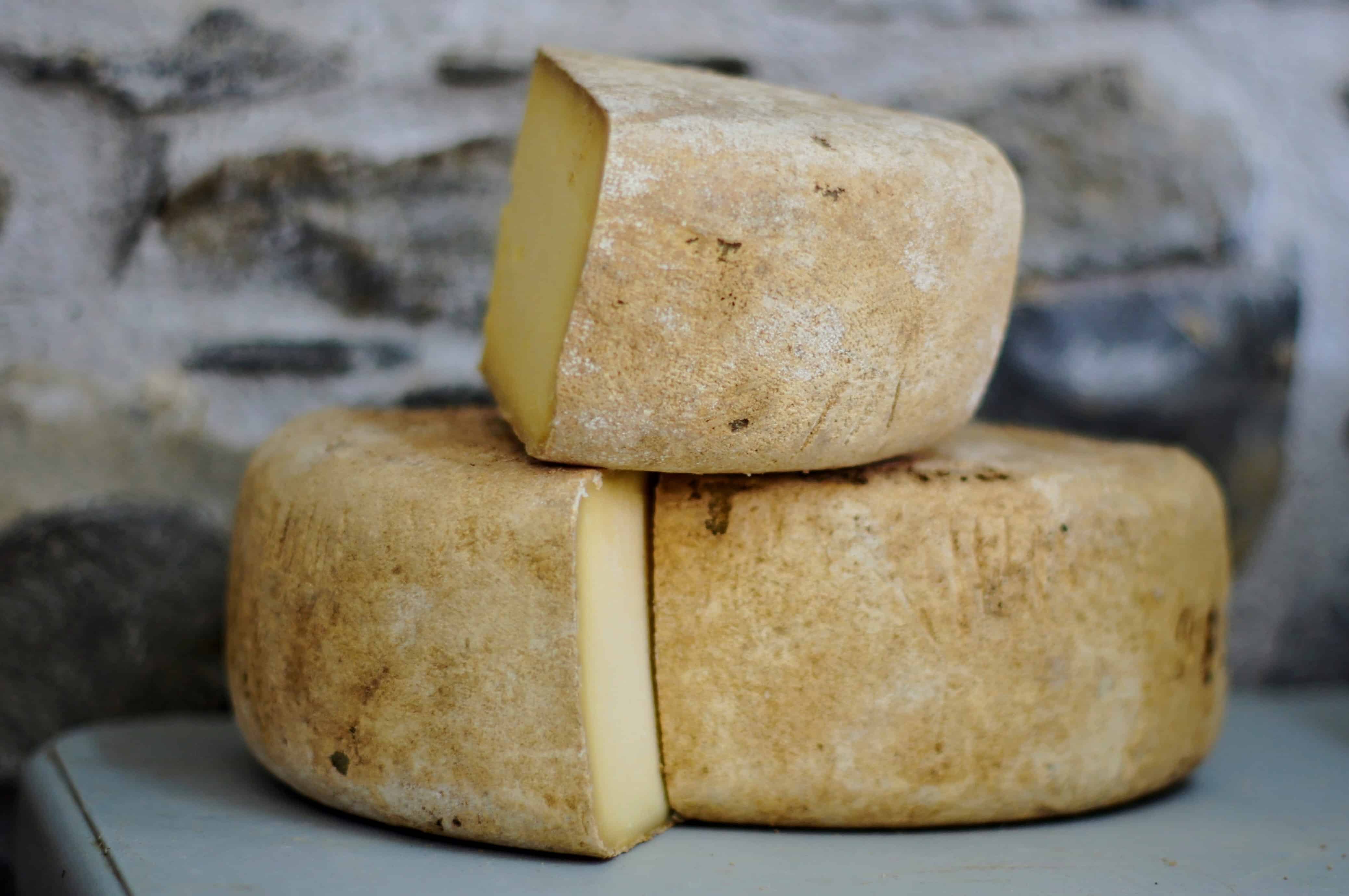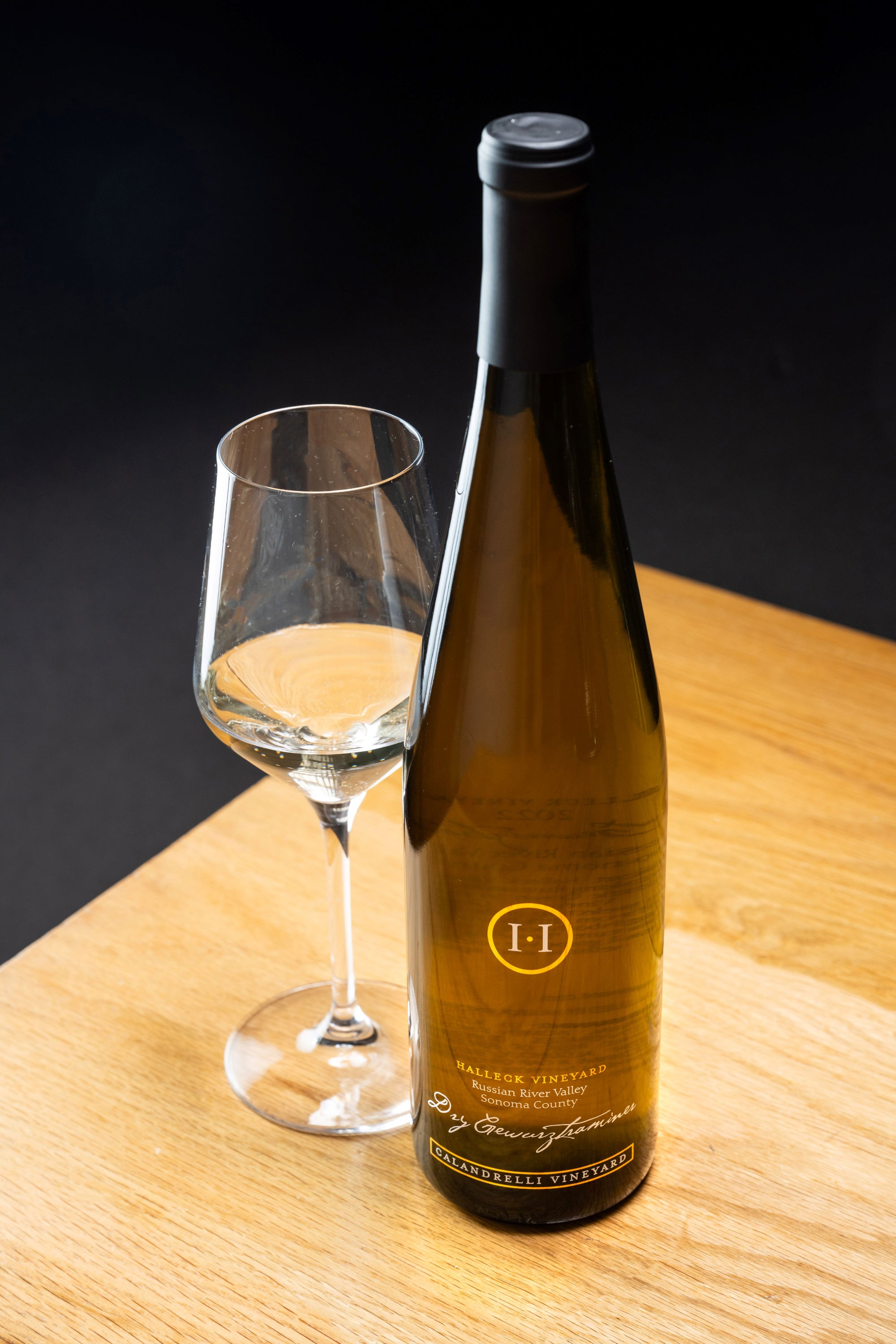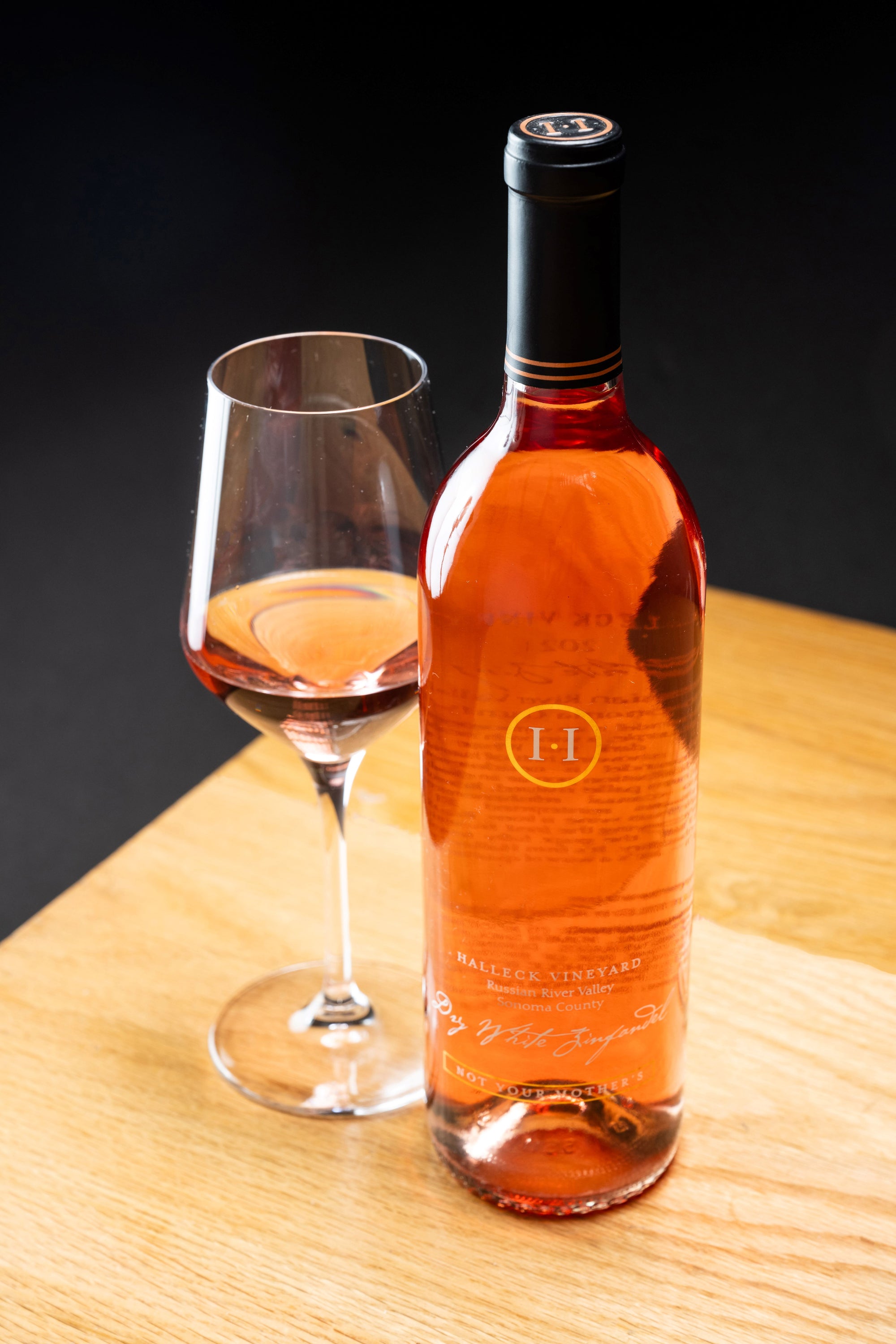Wineries Perfect For A Relaxing Afternoon - Sebastopol Winery Experience
Wineries Perfect For A Relaxing Afternoon - Sebastopol Winery Experience
Blog Article
Wineries With River Views - Sonoma Wine Tastings
Wine tasting is an art that requires practice and an understanding of varied aspects concerned within the course of. One essential element of wine tasting is the development and interpretation of tasting notes, which serve as a guide for both novices and seasoned connoisseurs. A Guide To Understanding Winery Wine Tasting Notes can enhance your wine-tasting experience, making it more meaningful and pleasant.

Tasting notes are concise descriptions that seize the essence of a wine’s flavors, aromas, and total character. Usually composed by professional tasters, winery tasting notes supply insights into the nuances of various wines. They may help wine enthusiasts perceive what to anticipate from a particular bottle. Nevertheless, tasting notes can range widely in style and detail primarily based on the writer's experience and palate.
Wineries Promoting Wine Club Memberships - Sonoma Wine Tastings
When you first strategy a glass of wine, your senses will begin to interact immediately. The sight, scent, and taste of the wine will converge to provide you a complete experience. Tasting notes usually begin with the visual assessment, where the color of the wine is taken under consideration. Shade performs a big function in indicating the wine’s age, grape variety, and even its flavor profile.
After assessing the visible facet, the subsequent step includes swirling the wine within the glass. This motion aerates the wine, allowing its aromas to awaken. Smelling the wine offers critical insight into its complexity. The preliminary sniff can ship a flood of scents which will embrace fruity, floral, herbal, or earthy notes. This is commonly essentially the most subjective part of tasting, as particular person experiences can dramatically differ.
In winery tasting notes, descriptors are sometimes categorized into primary, secondary, and tertiary aromas. Primary aromas usually stem from the grape selection, secondary aromas derive from fermentation processes, and tertiary aromas come up from getting older. Understanding these categories may help you respect the depth of a wine, and they also provide the vocabulary to express your experience higher.
Top Rated Wine Experiences In Sebastopol - Wine Tours And Tastings In Sebastopol
Following the olfactory encounter, your focus will shift to the style of the wine. This is the place the first characteristics—sweetness, acidity, tannins, alcohol—come into play. Tasting notes often detail these flavors in multiple dimensions, including the initial attack on your palate to the lingering end on your tongue. A high-quality wine will present a harmonious steadiness between these factors.
While tasting, it's essential to ponder the body of the wine, which can be described as light, medium, or full. The body contributes significantly to your general impression, helping you think about how the wine pairs with food or whether it stands alone as a sipping wine. Balancing the physique with the opposite characteristics will provide you with a fuller understanding of what the wine has to supply.
The end of the wine, also known as the aftertaste, is one other important aspect typically included in tasting notes. A lengthy, nice end often indicates the next high quality wine, whereas a brief or cloying aftertaste may counsel in any other case. Evaluating the end can offer additional insight into the wine's complexity and distinction.
Understanding the context of winery tasting notes is also valuable. Tasting notes can present contextual information about the vineyard's location, local weather, and grape-growing practices. This context adds one other layer of appreciation for the wine, allowing enthusiasts to attach the sensory experience with its origins, thus enhancing the enjoyment further.
Wineries That Offer Barrel Tastings - The Charm Of Sonoma Wineries
Many wineries provide tasting notes on their websites or labels, typically written in an approachable but informative style. Nonetheless, not all winery tasting notes are created equal. Some may be overly technical, while others may prioritize advertising aptitude over insightful evaluation. Studying to navigate these notes can arm you with the data to make informed choices when deciding on wines.
Participating in tastings at wineries can also deepen your understanding of wine tasting notes. Interacting with educated workers may give you a extra hands-on approach to exploring completely different wines and the language used to explain them. Wineries Promoting Wine Club Memberships. You'll have the chance to ask questions, interact in discussions, and potentially refine your palate in real time.
Experimentation is crucial for mastering wine tasting notes. As you sample different wines, try making your individual notes. Focus on describing the wine’s colour, aroma, taste, and end. Over time, you’ll develop a private vocabulary that resonates with your sensory experiences. Each note you create will assist refine your palate, allowing you to understand wines at a deeper stage.
Exclusive Wine Clubs In Sonoma - Wine Tasting At Sonoma Vineyards
In conclusion, a Guide To Understanding Winery Wine Tasting Notes presents a comprehensive framework for diving into the world of wines. It equips you with the strategies and language necessary to articulate your experiences. Whether you are a casual drinker or a dedicated aficionado, understanding and utilizing tasting notes can profoundly impact your wine journey. This knowledge not only enhances your enjoyment but also connects you deeply with the rich narratives each bottle tells. By embracing this journey, you become a part of the attractive mosaic of wine top article tradition, the place each sip unveils a brand new story waiting to be discovered.
- Wine tasting notes usually embody quite lots of sensory descriptions, including aroma, flavor, acidity, body, and finish, allowing tasters to fully recognize the wine's traits.
- To improve your understanding, familiarize your self with widespread wine terminology similar to "tannins," "oakiness," or "terroir," which can help decipher the notes more successfully.
- A systematic method to tasting entails first visually assessing the wine's colour and clarity, followed by swirling to launch aromas, then inhaling and describing what you experience.
- Taking notes throughout tasting might help determine patterns over time, improving your palate and making it simpler to recall preferences for future choices.
- Don't overlook the influence of food pairings; tasting notes can differ tremendously when a wine is enjoyed with complementary flavors, altering notion and pleasure.
- Pay attention to the wine’s vintage, as climatic conditions in a given 12 months can considerably affect the final product, including one other layer to the tasting notes.
- Consider the winemaker's style and philosophy, which can form the wine's profile and influence how its notes evolve with every sip.
- Working Towards with totally different grape varieties can broaden your vocabulary; each kind brings unique characteristics that may enhance your capacity to articulate tasting notes successfully.
- Engaging with wine professionals or attending tasting events can present useful insights, providing a richer context for understanding personal tasting notes.
- Keep In Mind that tasting is subjective; individual preferences and experiences will form one’s interpretation of the same wine, enriching the general enjoyment of wine exploration.
What are wine tasting notes?
Wine tasting notes are descriptive feedback made by tasters about the look, aroma, style, and finish of a wine. They present an outline of the wine's characteristics and may help consumers understand the style and high quality of the wine.
Wine Tasting Trails In Sonoma Valley - Celebrated Wineries Around Sebastopol
Why are tasting notes important when deciding on wine?
Tasting notes can guide you in selecting a wine that suits your palate. They present insights into flavors and aromas, serving to you to match wines with food or occasions. Understanding these notes enhances your general wine experience.
How should I learn wine tasting notes?
(Popular Wineries With Outdoor Seating In Sonoma)
Wineries That Offer Dog Friendly Areas - Unique Wine Tasting Experiences In Sebastopol

When studying wine tasting notes, take note of the construction: search for descriptions of colour, aroma, flavor, and end. This will help you grasp the wine's profile and decide if it aligns with your preferences.
What phrases generally appear in wine tasting notes?
Widespread phrases embrace "tannin" (the structure), "acidity" (the crispness), "body" (the weight), and varied flavor descriptors like "fruity," "earthy," or "spicy." Familiarizing your self with these phrases can deepen your understanding of wine.
Sonoma's Top Sparkling Wine Producers - Wine Tours And Tastings In Sebastopol
Can I create my very own tasting notes?
Yes! Writing your own tasting notes can improve your wine tasting experience. Focus in your observations of style, aroma, and different sensory characteristics. This personal practice can help you refine your palate over time.
How do I identify the aromas in wine tasting notes?
Wineries Ideal For Large Groups - Sebastopol Vineyard Experiences
To establish you could look here aromas, practice smelling quite lots of scents and associating them with wines. Swirl the wine in your glass to launch its aromas, then take a moment to breathe in deeply before identifying any prominent scents.

What is the difference between professional and personal wine tasting notes?
Professional tasting notes could use more technical language and specific terminology, whereas personal tasting notes are subjective and replicate individual experiences. Each are priceless for understanding and enjoying wine, but personal notes could resonate extra with your unique tastes.
How can tasting notes improve my wine appreciation?
Wineries Near Sonoma Square - Discovering Sonoma Area Wineries
Tasting notes can enhance your appreciation by helping you to understand and articulate the complexities of wine. They encourage mindful tasting and supply a framework for comparing completely different wines, resulting in a richer enjoyment of the beverage.
Are there any apps or instruments to assist with wine tasting notes?
Yes, there are several apps designed to help users report and manage their tasting notes. These instruments typically supply features like flavor wheel guides and wine database searches, making it easier to trace your journey by way of totally different wines. Report this page